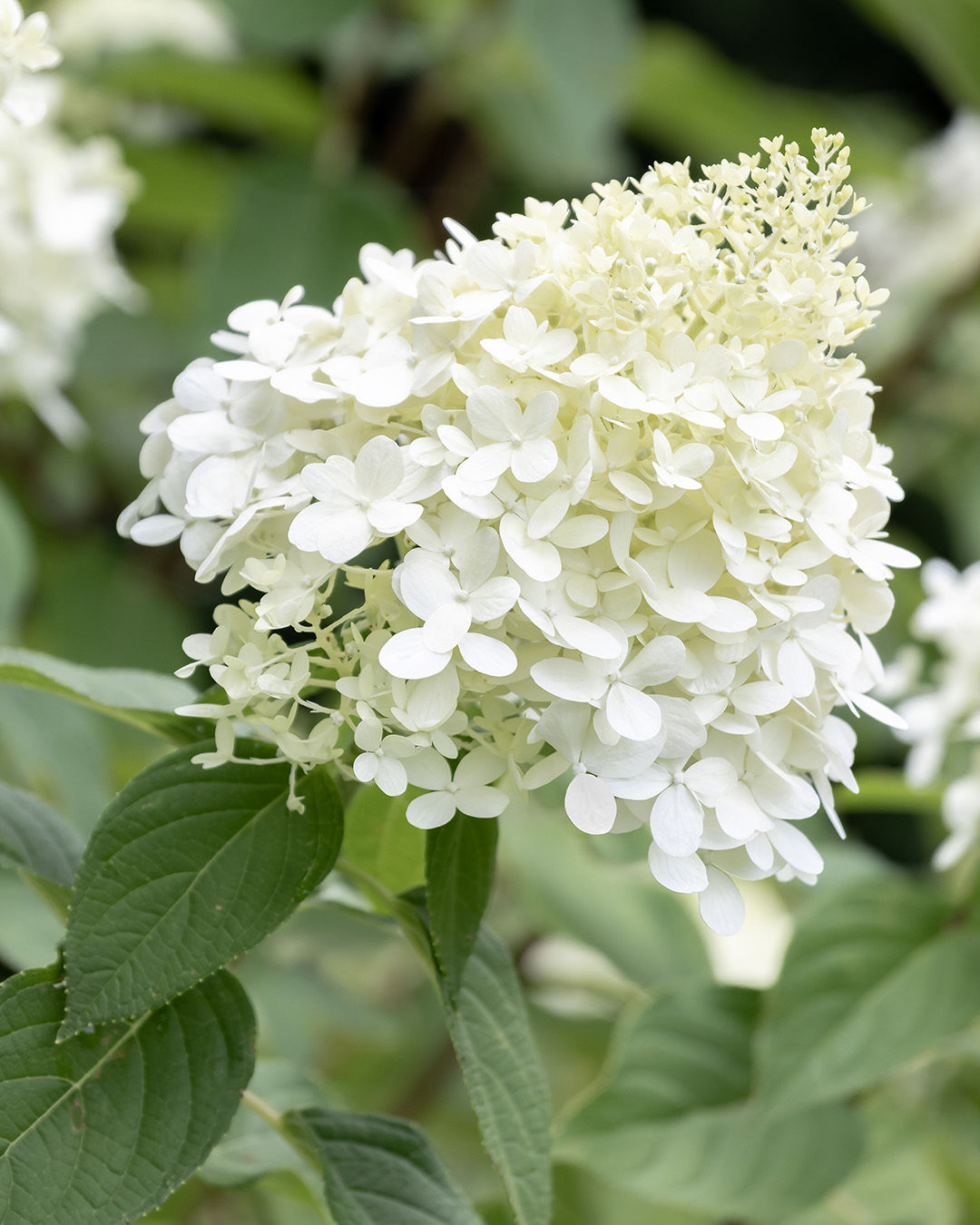A Biased View of Hydrangea Leaves Turning Yellow
How Hydrangea Leaves Turning Yellow can Save You Time, Stress, and Money.
Table of ContentsWhat Does Hydrangea Leaves Turning Yellow Mean?Some Known Incorrect Statements About Hydrangea Leaves Turning Yellow Our Hydrangea Leaves Turning Yellow StatementsThe Best Strategy To Use For Hydrangea Leaves Turning Yellow
Hydrangea plants are recognized for their beautiful blossoms, however in some cases their leaves can transform yellow. This is normally a sign that something is incorrect and the plant needs your help. There are numerous possible reasons for yellow leaves on Hydrangeas, and fortunately a lot of them are simple to repair. Below we'll cover one of the most common reasons for Hydrangea leaves turning yellow and just how to fix them.Hydrangea leaves turning yellow can be a cause for problem. Hydrangea leaves generally transform yellow when the plant is overwatered.
When the origins of a plant are immersed in water for extended periods, they start to asphyxiate and rot. This process cuts off the roots' oxygen supply, creating the fallen leaves to turn yellow and eventually die. Overwatering can additionally lead to other issues such as fallen leave decline, root damage, and fungal growth.
If you believe your Hydrangea is overwatered, the ideal service is to allow the soil dry out entirely before watering once more. It's likewise a great concept to check the drain of your pot or yard bed and ensure that water is not pooling around the plant's origins. Hydrangea plants require well-drained dirt to flourish.
5 Easy Facts About Hydrangea Leaves Turning Yellow Described
You must additionally ensure that you are not watering your Hydrangea too usually. Watering as soon as a week should suffice, and more frequently if the weather condition is hot and completely dry. Hydrangea leaves can additionally transform yellow if the plant is not obtaining sufficient water. This happens when the plant does not get sufficient water, and the soil starts to dry.

This is referred to as "fertilizer melt," It occurs when the plant's origins are subjected to as well much fertilizer. The roots can not soak up every one of the nutrients and end up being harmed. This damages triggers the leaves to transform yellow and eventually die. Other signs of fertilizer burn include brownish or yellow leaves, wilting, and stunted development.
This will certainly aid get rid of any kind of excess fertilizer from the roots of the plant. It's likewise a good concept to minimize the quantity of plant food you are making use of. Feeding once a month throughout the expanding period ought to suffice. If you are using chemical fertilizer, it's ideal to utilize one that is thinned down and applied according to the supplier's directions.
Not known Factual Statements About Hydrangea Leaves Turning Yellow

If your Hydrangea is infested with pests, treating the plant with neem or gardening oil is the ideal remedy. It's additionally great to eliminate any type of affected leaves from the plant (Hydrangea Leaves look at this website Turning Yellow).
Hydrangea leaves can also transform yellow if the temperature level worries the plant. The leaves of the plant will certainly transform yellow and begin to go down off.
If the temperature level stresses your Hydrangea, you require to move the plant to a location where it will certainly be secured from the extreme cool or warm. You can also try to give the plant with some partial color if exposed to route sunlight. You can also attempt adding mulch around the plant base to aid control the temperature.
Hydrangea Leaves Turning Yellow Things To Know Before You Get This
When the plant's origins are submerged in water for as well long, they start to rot. One of the most usual origin rot symptoms is yellowing see leaves, as the fungus protects against the origins from absorbing nutrients from the soil.
Other indications of origin rot consist of stunted development, wilting, and fallen leave drop. Check the roots of your Hydrangea if it has root rot. If they are black or brownish, then they are most likely rotten. If some healthy and balanced origins are left, you can attempt to conserve the plant by replanting it in a brand-new pot with fresh dirt.
Water the plant thoroughly, seeing to it not to overwater it. If your Hydrangea is greatly influenced by origin rot, beginning with a brand-new plant is best. All-natural causes can likewise trigger yellow hydrangea leaves. The most common informative post cause is the plant's age. As Hydrangeas age, their fallen leaves will gradually transform yellow and brownish before falling off the plant.
You can aid the plant by guaranteeing it is obtaining sufficient water and nutrients. One opportunity is that the plant is not getting enough water.